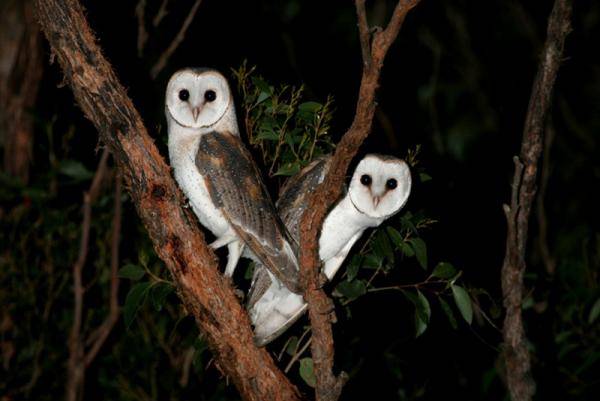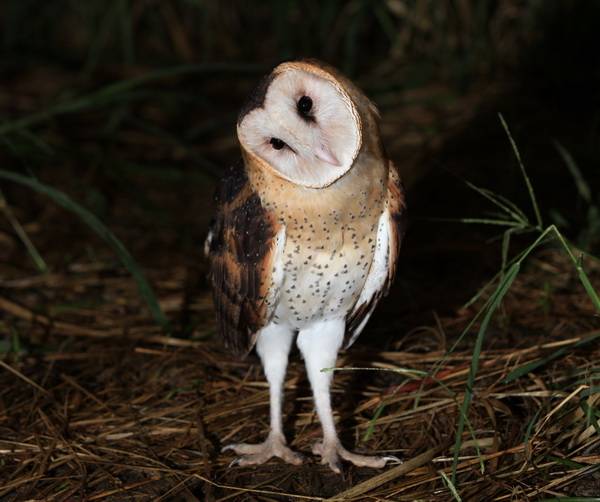Alexandre Roulin of Lausanne University is preparing a book about barn owls worldwide. OSME is helping publicise his request for images from the extensive distribution of the genus Tyto.

My name is Alexandre Roulin, a professor in Biology at the University of Lausanne, Switzerland (Contact Alexandre ‘dot’ Roulin. ‘at’ unil ‘dot’ ch). I started working with barn owls in 1987 before I went to the university (1993). In 1997 I did my master thesis on the barn owl and in 1999 my PhD, still on the barn owl. Since then I always worked on the barn owl because this species is far more interesting than I could have expected. So far I have written 118 papers on the barn owl. My research group is entirely dedicated on the study of this bird from several perspectives (for example, conservation biology, population genetics, genetics, biogeography, genomics, population dynamics and ecophysiology). Our main research focus is on the evolution, maintenance and adaptive function of alternative melanin-based colour morphs as well as on sib-sib vocal communication. To this end, we mainly study a Swiss population, but we also consider other populations worldwide.
I am currently working on a book about ‘barn owls and allies’, ie barn owls, grass owls, masked owls and sooty owls. Its main aim is to review the studies performed on Tytonidae worldwide. My studies are but a small part of the knowledge accumulated by many researchers: I have so far collected 3600+ papers on Tytonidae, and so there is a need to summarise accurately their con tents. Furthermore, I intend to avoid northern-hemisphere bias by providing detailed context for all population distributions worldwide.
One project I started was to measure some 10 000 Tytonidae specimens held in natural history museums. These clearly illustrate just how diverse and fascinating the Tytonidae group is, and why it interests ornithologists across the world, save Antarctica, of course!
The book will cover the following topics: Conservation – Parasites and predation – Physiology in an ecological context – Morphology in an ecological context – Foraging – Roost – Sexual behaviour – Reproduction – Parental care – Sibling interaction – Dispersal – Survival and demography – Moult – Plumage colour polymorphism. Cambridge University Press is the intended publisher.
This is where I need your help, for to illustrate this book, I would like to include as ma ny high-quality pictures as possible of barn owls and allies from all parts of the world. Those whose pictures are selected would be fully credited in the photo captions. If you have any such pictures and would be happy to send them to me, please contact me at the e-mail address above: for large jpgs or raw images please arrange with me how best to send them.
Alexandre Roulin

Above are example images of Eastern Grass Owl T. longimembris from Taiwan and Eastern Barn Owl T. deliculata of the nominate subspecies from Australia; copyright lies with the photographers Hui-Yun Tseng and Rohan Bilney respectively, and with the University of Lausanne.
